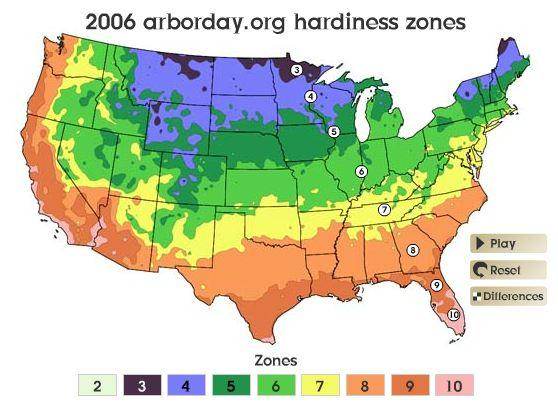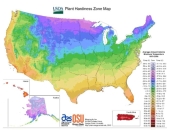






Those who hammer their swords into plows will plow for those who don't!




Idle dreamer








Brenda
Bloom where you are planted.
http://restfultrailsfoodforestgarden.blogspot.com/





Paul Cereghino- Ecosystem Guild
Maritime Temperate Coniferous Rainforest - Mild Wet Winter, Dry Summer










Paul Cereghino- Ecosystem Guild
Maritime Temperate Coniferous Rainforest - Mild Wet Winter, Dry Summer




Those who hammer their swords into plows will plow for those who don't!








Life is too important to take seriously.








Those who hammer their swords into plows will plow for those who don't!








Brenda
Bloom where you are planted.
http://restfultrailsfoodforestgarden.blogspot.com/





Idle dreamer




Brenda Groth wrote:
well we had our coldest summer on record last year and may hit our hottest summer on record this year..so whether there is an accurate zonal map or not we'll always have cold and hot years that don't meet the criteria.
this is sure a hot one..which may convince a lot of people of the warming changes..but when you have record cold weather like we did last summer...you wonder


|
Yeah, but does being a ninja come with a dental plan? And what about this tiny ad?
Learn Permaculture through a little hard work
https://wheaton-labs.com/bootcamp
|





